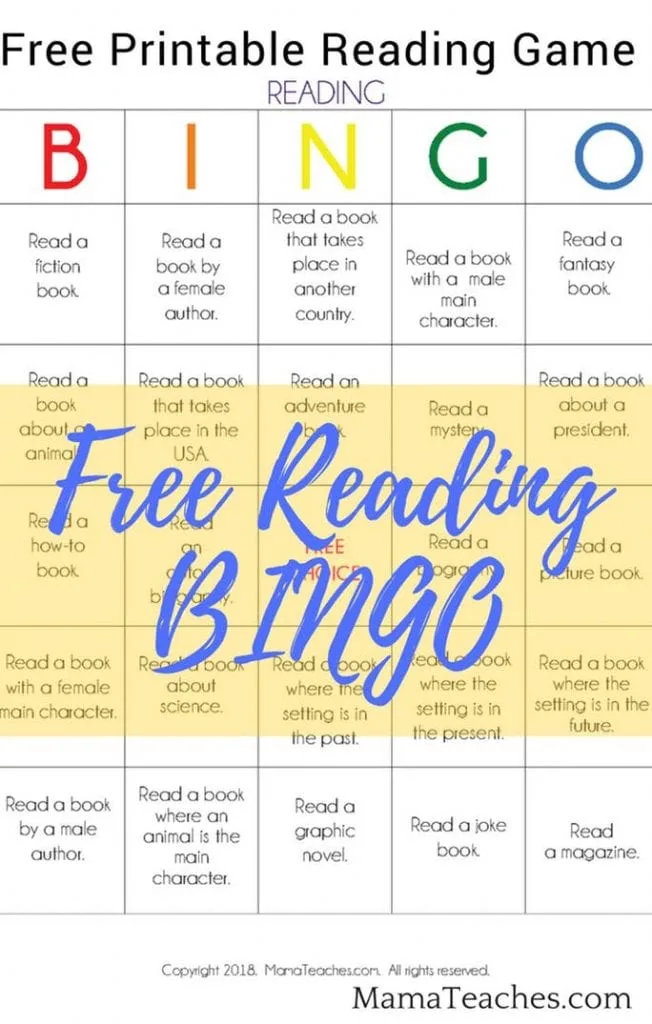Does your child read aloud haltingly–a bit like a robot?
Does he skip over words or miss the meaning in passages?
He needs help improving reading fluency.
Read on for some helpful reading fluency strategies.
Just as a fluent speaker can speak a language naturally and without hesitation or vocabulary gaps, a fluent reader can read words with speed, accuracy, and expression.
A fluent reader is more than a delight to hear.
We want our kids to be fluent readers because they can then fully understand what they read–whether they read aloud or silently.
So how do you help your child get there?
Improving reading fluency is not a secret science–it is completely doable!

Levels of Fluency
Becoming a fluent reader is the culminating achievement in learning to read.
That journey begins when your child first looks at a page and listens to you read words (as early as six months).
The stages of reading are sometimes labeled:
1 – Emergent Reader
Follows along as you read and eventually learns abcs.
2 – Novice Reader
Understands that letters are symbols for sounds and can read short CVC words.
3 – Decoding Reader
Reads simple stories and knows some sight words. Fluency begins to develop.
4 – Fluent Reader
Reads to gain knowledge and understanding.
Some schools will try to assign reading fluency a numerical score (most formulas look at the number of words read per minute minus the number of words incorrectly read), but you don’t need math to understand the levels of fluency.
Fluency begins at the decoding reader stage (for most children this is between 6 and 9 years) and–with practice–improves over time.
If your child reads haltingly or struggles to understand what she reads, you may need to consider some dedicated practice in reading fluency.

This article contains affiliate links to things that you might like.
Reading Fluency Strategies to improve fluency
Improving reading fluency is not rocket science.
In fact, you are probably working on it with your child already (you just don’t realize it).
The key is to make this practice both fun and consistent (at least 5 minutes a day).
So what do you read for fluency practice?
The content can be about anything, but you want to choose passages that are on your child’s “instructional level,” which means he struggles with 10% of the words.
If he has difficulty reading more words than that, he is at a frustration level and fluency practice will not be effective.
If the passage is too easy for him, he is reading something for practice that he should be reading independently.
Ways to Improve Reading Fluency
- Read aloud to your child. This simple act has so many benefits beyond just teaching fluency (not the least of which is you can do it lying down!). Hearing you read with expression and correct phrasing models this for your child.
- Read it again and again. Read aloud your child’s favorite books again and again (kids want you to do this anyway). Or ask your child to read the same passages again and again.
- Don’t forget poems or rhymes. The sing-song quality of poems and rhymes makes them ripe for practicing expression and accuracy.
- Don’t just laugh at comics–read them! Make fluency practice fun by asking your child to read a comic strip with voices and intonation.
- “I-We-You” read. You read a passage aloud. Then read it together with your child. Then she reads it alone. This process is automatic and entertaining in the popular You Read to Me, I’ll Read to You books.
- Practice those sight words. Some words don’t follow traditional phonetic patterns (like the words “people” and “what”). No one can “sound them out.” Give your child a leg up by practicing lists or flashcards of common sight words.
- Try echo reading. You read a sentence or a paragraph and have your child read it after you. He’ll have a sense of the meaning and a model of correct pronunciation and expression.
- Follow along to audiobooks. Fluency practice can happen without you. Your child can follow along in the book while listening to the audiobook.

Improving Reading Fluency Can Be Done
Improving reading fluency can be enjoyable!
Incorporate some of these strategies for reading fluency, and soon your child will be reading with better accuracy, speed, expression, and comprehension.



